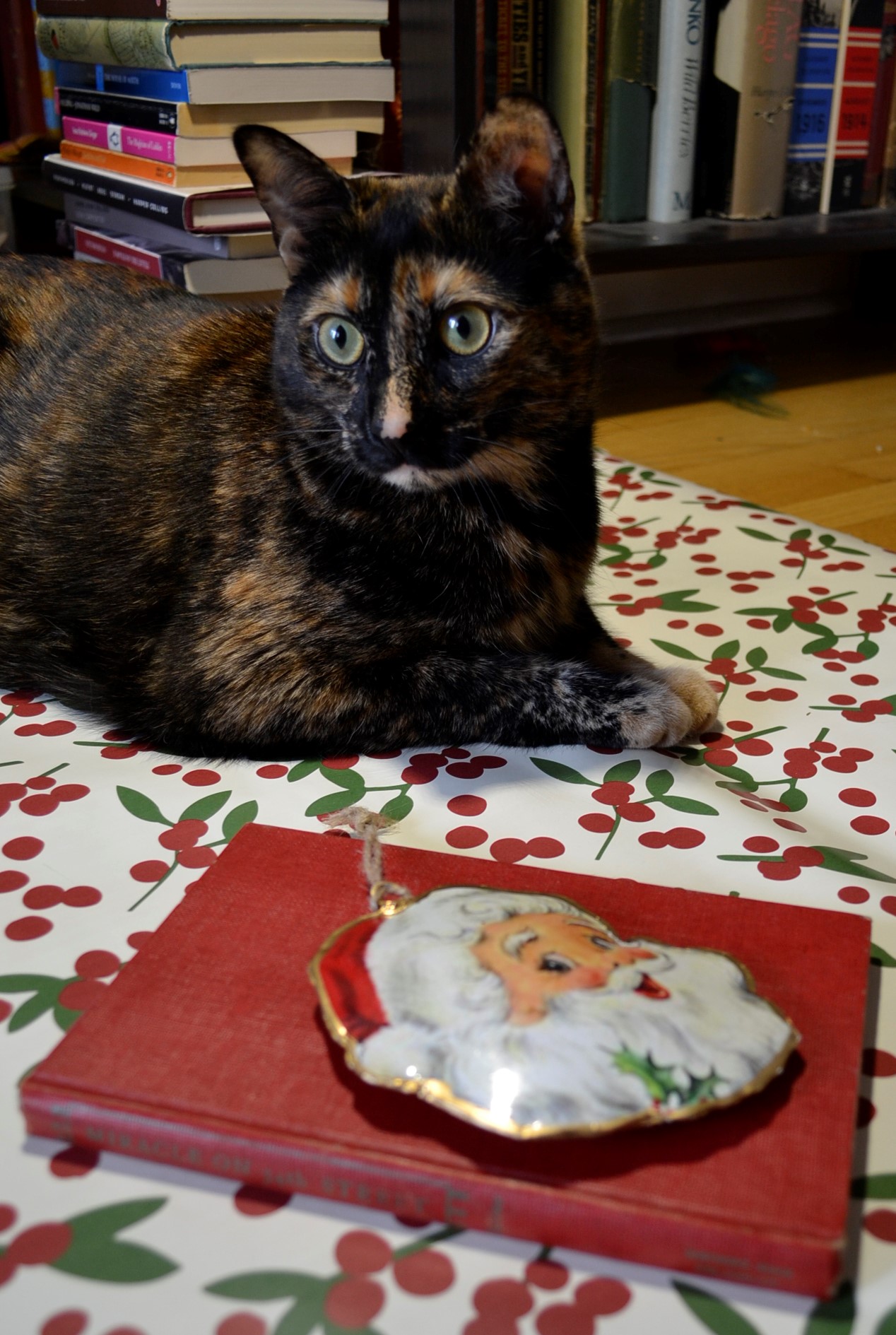Holiday Specials Everywhere
With the start of the month, comes the start of all of the holiday programming I enjoy every year. Last week the season kicked off with Merry Christmas, Mr Bean — which makes me laugh more and more each year. We also watched The Santa Claus Parade, and we’ve been binging on all of the holiday baking programming including Holiday Wars, Holiday Baking Championship, and The Big Bake Holiday Edition.
And what I can’t catch on television, I have on DVD. My favourites being Mister Magoo’s Christmas Carol, Muppet Family Christmas, Mole’s Christmas, and The Grinch Who Stole Christmas. When it comes to the world of Christmas movies I have a soft spot for animated features, though there are a few others that I wouldn’t consider the season complete without — like A Christmas Story or Alastair Sim’s Scrooge.
I can admit that I’ve never actually managed to watch Miracle on 34th Street — either the 1947 version or the 1994 re-make. I’m not sure why it never entered by my holiday special orbit, but perhaps I can explain it best by saying that I was a kid that prized animation above live action film and so it was naturally avoided at the time when I started watching most of these movies and specials.
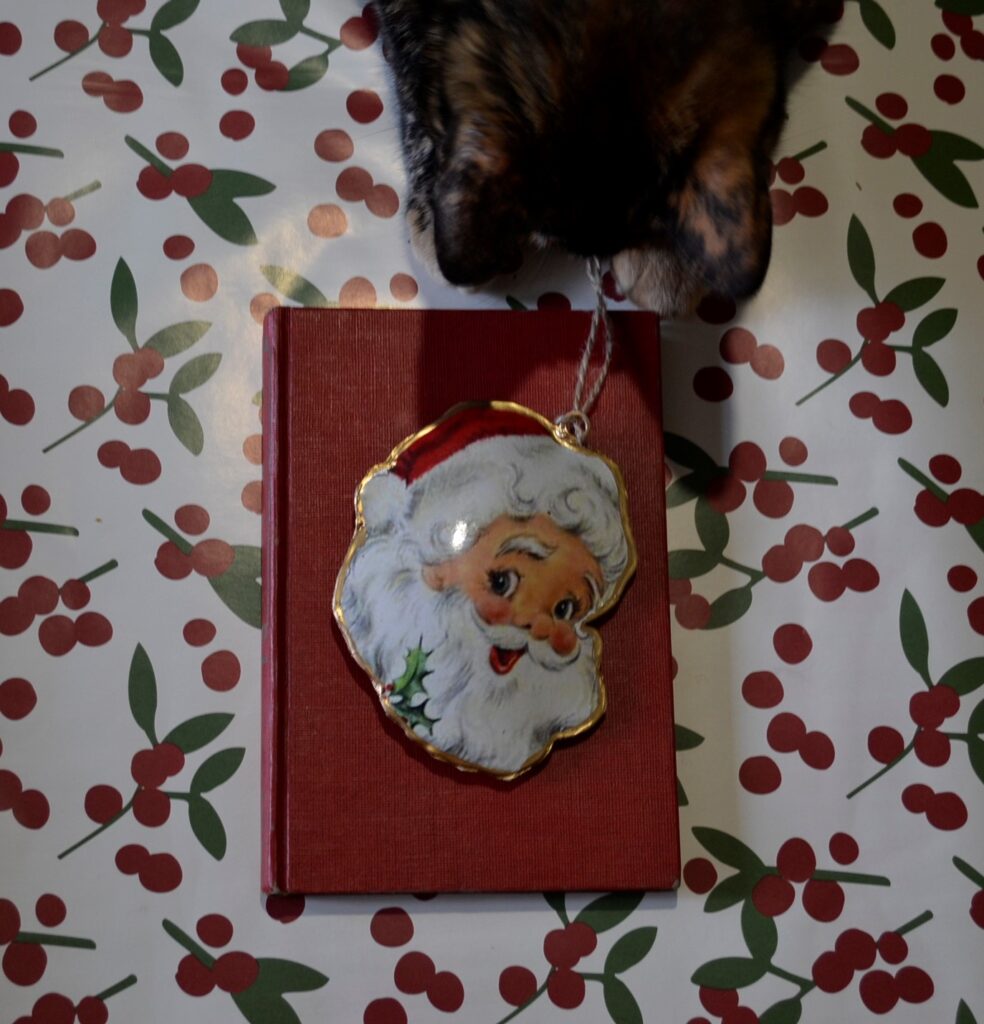
So when I found a copy of Miracle on 34th Street at the local antiquarian bookstore, I couldn’t quite resist buying it — though I was surprised that the film had been a book first. When I started to read it, I discovered that I had been right after all. The 1947 film was first, with the book written afterwards. But I thought the book deserved a discussion all the same because of how much the story is engrained in even modern culture.
The Film and the Book
The film was released in 1947, and the book was published in the very same year and it was written by the same man who wrote the story for the film, Valentine Davies. I will give Davies the credit he is due. The prose is simple and clean and very easy to read despite of the various layers of plot twists and turns.
For those that aren’t familiar with the story, Miracle on 34th Street centres around a man named Kris Kringle who becomes the Macy’s department store Santa. Kris Kringle believes he is the one and only Santa Claus and that leads to a court case during which it is proven that he is indeed Santa Claus, much to the joy of all of the friends he has made along the way and children everywhere.
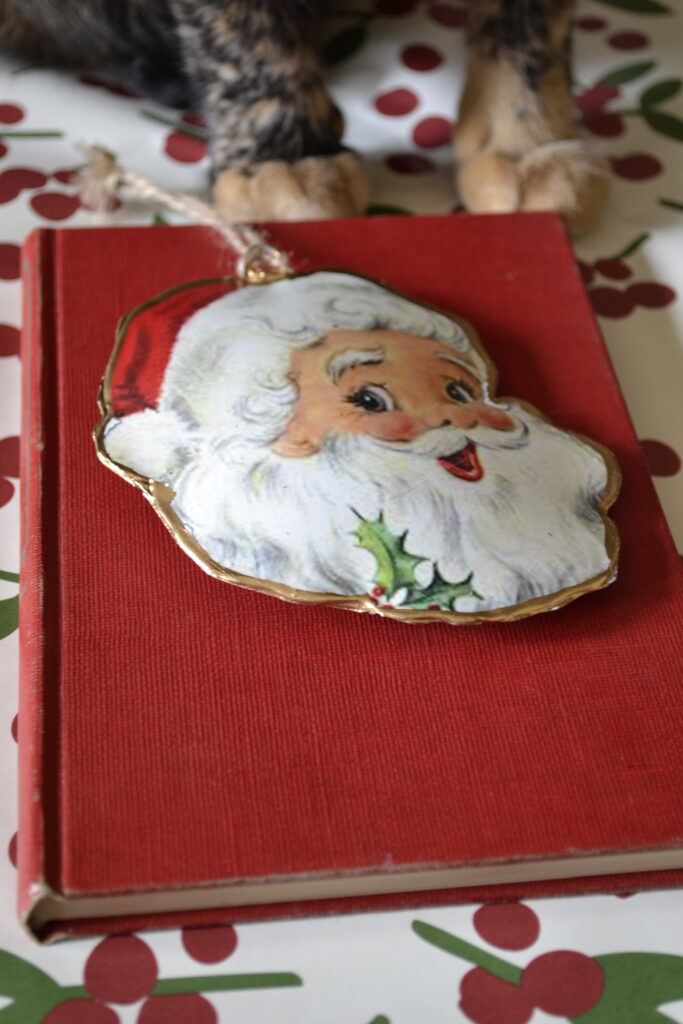
The story is a simple one and delivers all of the Christmas cheer you can expect from a classic that has survived this long and had been enjoyed by multiple generations.
The More Things Change
Mostly the novel expresses a fear that Christmas is becoming too commercial, too much about gifts, and not enough about the magic of good will and the warmth of being close to family and friends. For something written so long ago, it’s remarkable how the sentiments expressed in it echo the concerns I heard expressed by adults during my own childhood approximately forty years later.
The real joy I found in Miracle on 34th Street came in appreciating that similarity and also the tidbits of history I found contained within in. The rivalry between Gimbel’s and Macy’s was particularly interesting and there are many other references that are just as delightful.
However, the irony of these references to stores, merchandise, and holiday shopping turn Miracle on 34th Street into just what it’s speaking out again. A commercial, almost corporate, narrative that drops names and has the tone of a neatly packaged, though quite obvious, ad. Though that doesn’t diminish the charm of the story, it does leave an inorganic taste in the reader’s mouth.
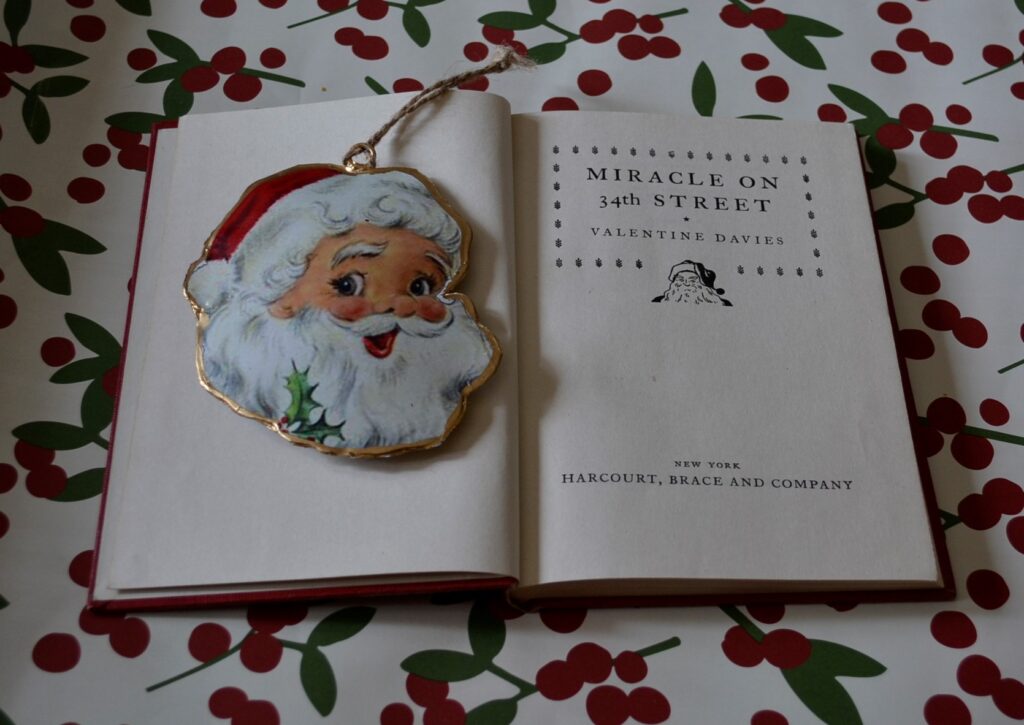
I’ve always had an interest in old advertising and department stores, so it’s not particularly obnoxious to me, but I will say that readers without an interest in that brand of nostalgia might be a bit disappointed.
The Fly in the Ointment
The thing that did hinder by enjoyment of the novel? The sexism inherent in the character of Doris Walker. Walker is the Macy’s employee that hires Kris Kringle and she is a bitter woman that, after a bad marriage, takes that bitterness out on her six-year-old daughter Susan by not allowing her to believe in Santa Claus or any other version of childhood magic — or even playing pretend.
Instead of this being portrayed as psychological abuse, it is portrayed as the misguided parenting of a woman that is no longer ‘feminine’ because she is focussed on her career and doesn’t want another relationship. Of course, over the course of the novel, she ends up marrying a man who suddenly finds her ‘more feminine’ after he sees her with her hair down once and she stops being so focussed on her career. It’s the blatant pushing of the completely and horribly inaccurate ideas that women are no longer woman-like if they chose to work and that every woman needs a man or secretly wants one. No matter how many times I read these messages in the literature of the past or see them in the films of the past, I never get less disgusted by them or find them easier to read.
As a side note, Susan Walker is a child that is constantly left unattended with strange men which is also awkward for a twenty-first-century reader. She’s so emotionally and psychologically neglected that you wish that she could be gifted with a different family at the end of the book, instead of a house.
Looking Forward to Marathons
As December progresses I’m looking forward to some of the holiday marathons I see on our television schedule. Specifically, TCM is having a Classic Christmas Marathon that I am beyond excited for — partially because there’s so many movies I haven’t even heard of, let alone seen. But perhaps my favourite marathon is the one that my lovely spouse and I have just for us. We put in the classic Rankin Bass specials on DVD and we relax in the glow of the Christmas tree.
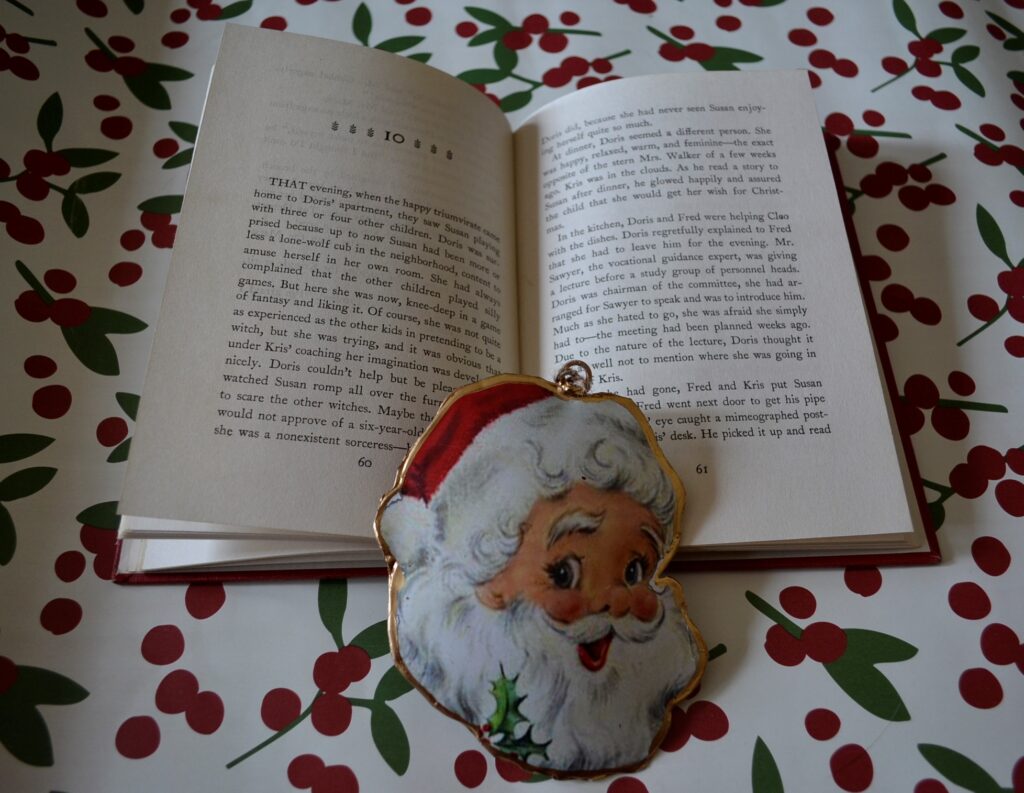
The Christmas book reviews continue next week, so stay tuned!
